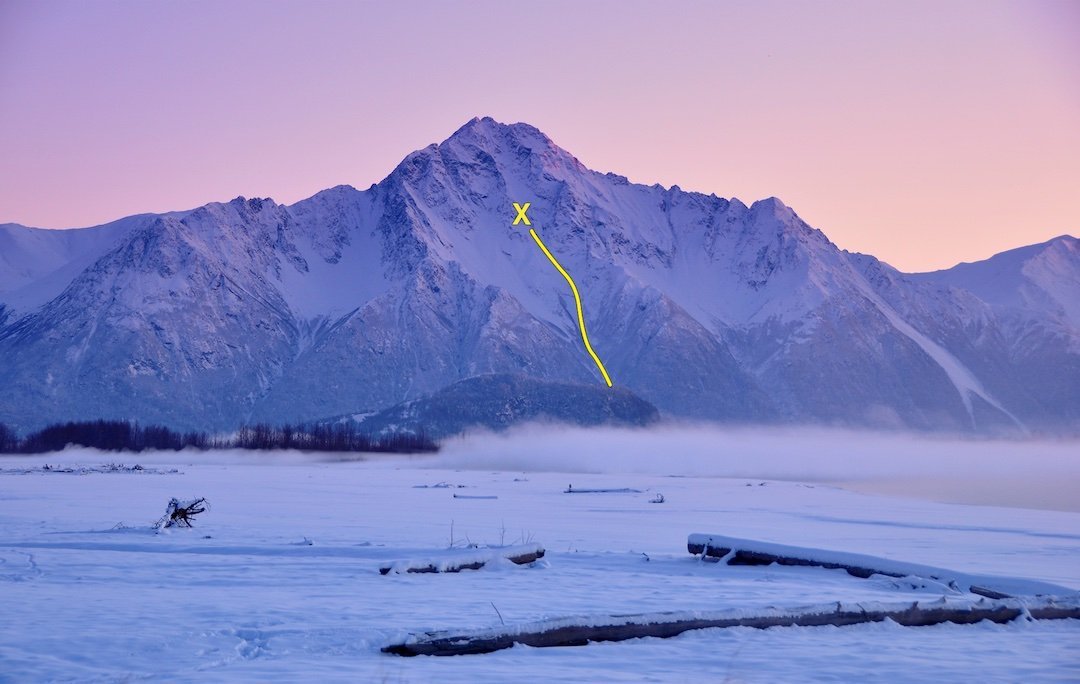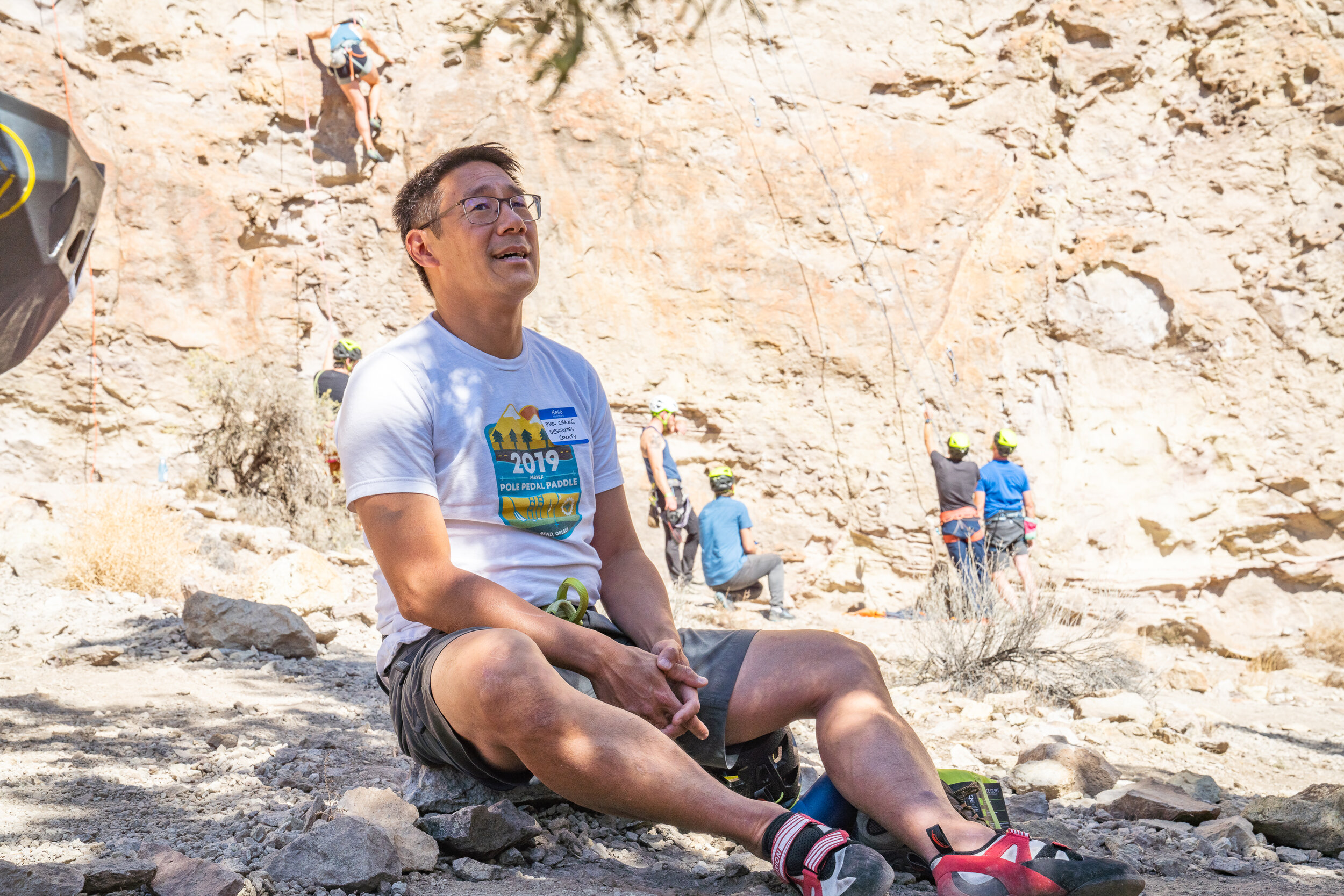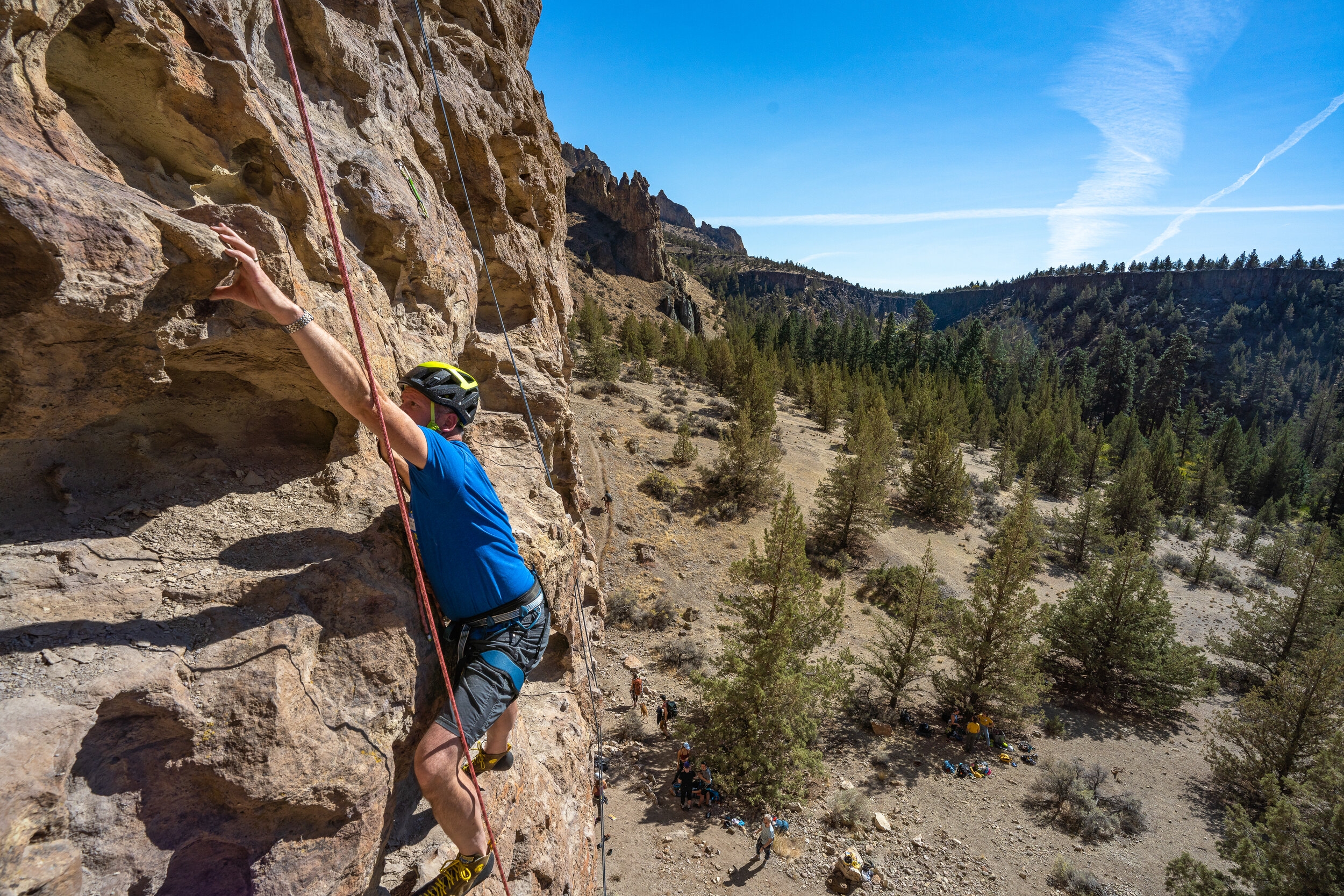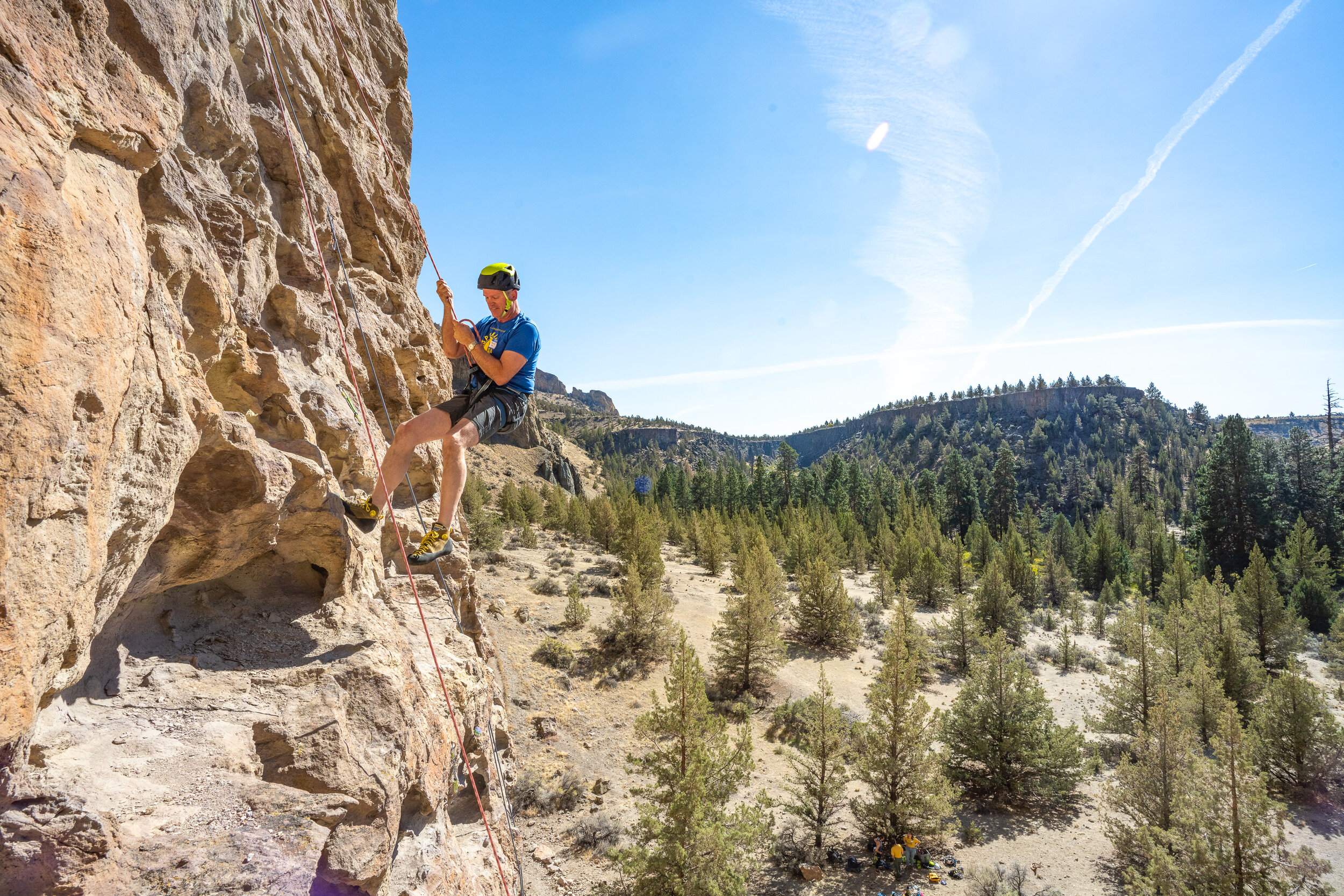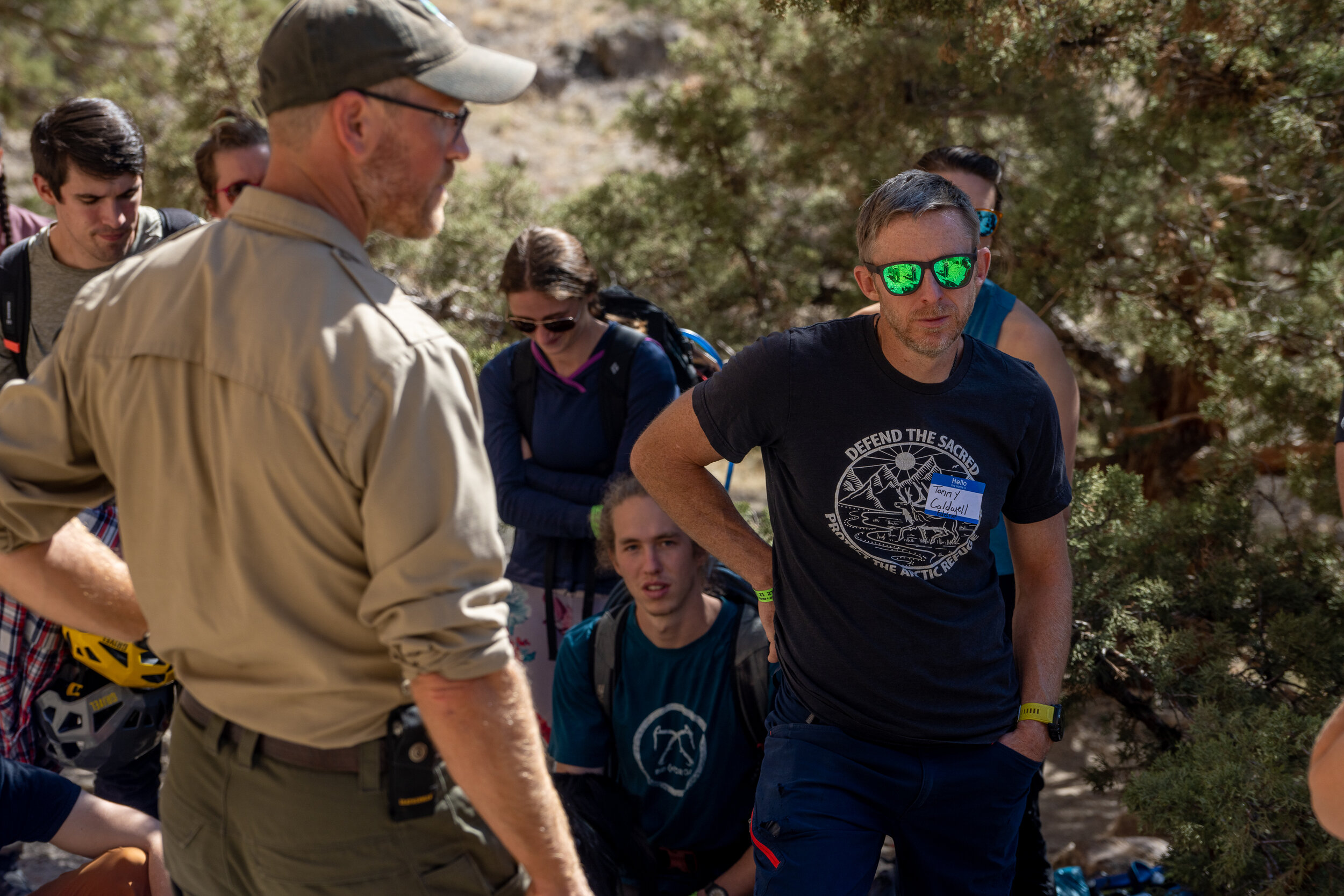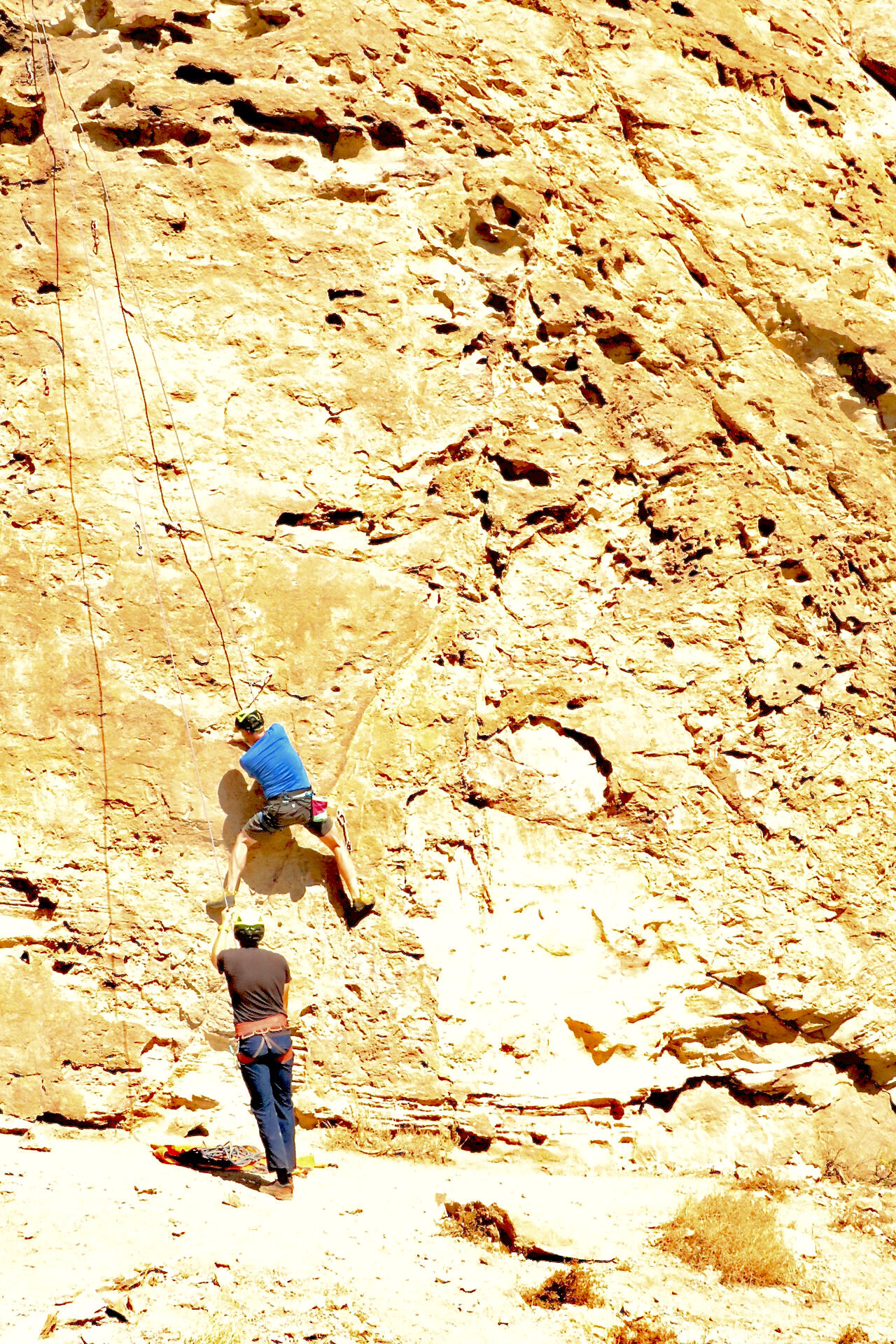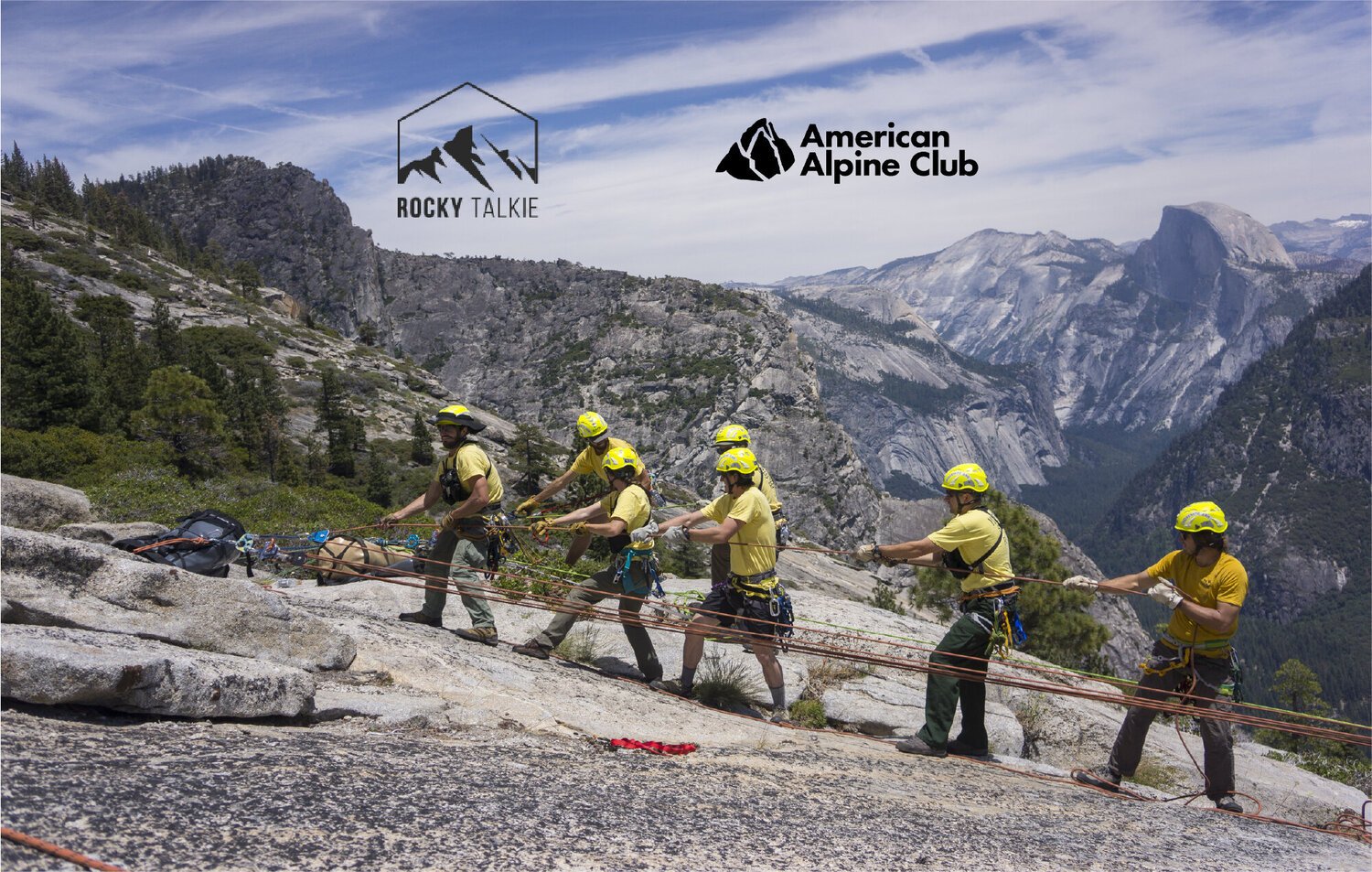Guided climbing experiences and instruction, like this at the International Climbers Gathering in Yosemite National Park, could become much more accessible with the passage of the SOAR Act. Lands of the Central Sierra Miwok peoples. AAC member Andrew Burr
5 minute read
Ask Your Lawmakers to Prioritize Equitable Access
Amelia Howe, AAC Advocacy Manager
For the past six months, the news cycle and many of your favorite advocacy organizations have been focused on the Infrastructure package and the Build Back Better Act. While those major packages have been taking up a lot of air time and advocacy efforts, other legislation has taken a backseat. With the Infrastructure bill officially signed into law, and the Build Back Better act awaiting a vote in the Senate, it is important to point our advocacy efforts to other priorities that directly impact the climbing community.
Kathy Karlo throwing a mega heel hook while climbing in the Gunks. Land of the Lenape peoples. AAC member Chris Vultaggio
The Biden-Harris administration, alongside agency leaders like Secretary of the Interior Deb Haaland, have made it clear that they are prioritizing increased access to public lands for all people in the United States. With data affirming that a diversity gap exists on public land , many agencies are reckoning with the role they play in explicitly or implicitly excluding groups from participating in outdoor activities. This fall, the Department of Interior (DOI) solicited feedback from the public and outdoor recreation organizations to uncover how to better facilitate access to recreation on public lands.
The DOI placed additional emphasis on creating new and streamlined opportunities for underserved communities to recreate on public lands. One contributing problem is that our existing permitting system of red-tape and bureaucracy is negatively impacting people’s ability to get outdoors. Our community can participate in advocating on this priority by activating around the SOAR Act.
SOAR Act
The Simplifying Outdoor Access to Recreation, or the SOAR Act, is having another moment on the Hill. You may remember hearing about this bill over the past several years, as the AAC along with our partners at the Outdoor Alliance and the Coalition for Outdoor Access have been advocating for the passage of the SOAR act for the past six years. At this point in the process, it is critical that your Senators hear from you! Let them know that this bill is a priority for climbers, and they need to get the bill across the finish line once and for all.
There are a lot of ways the SOAR act positively impacts the climbing community and will make it easier for more individuals to access recreation. Many people first become introduced to the outdoors through a facilitated experience. Whether that experience is through an outfitter or guide service, an outdoor education organization, a volunteer-based club or an affinity group, each of these organizations are required to have a permit to take groups of people out onto public lands. There is potential for a system that allocates permits in a timely and efficient manner, but the current system is time-intensive, outdated, and overly complex. Due to the complexity of the permitting process, groups who have a robust understanding of the system or who have held past permits are able to retain their access.
Meanwhile, the complexity of the permitting process has been known to discourage smaller volunteer-led organizations that are creating opportunities to connect members of underserved communities to public lands. The impact of this dated process is significant, and it means that fewer people are able to access outdoor spaces, experience climbing for the first time, or gain the mental and physical health benefits that these places offer. In order to ensure truly equitable opportunities for folks to experience public lands, it is critical that we remove barriers to entry created by bureaucracy and administrative requirements. It is past time for this change, and agency leaders are pushing for it. Now we need to motivate Congress to pass this bill.
SOAR Act will:
Increase recreation access by improving the process of issuing permits to guides and outfitters
Make more recreation opportunities available by extending the term of temporary permits and creating a program for sharing unused guide days between permit holders
Reduce barriers to accessing public lands for school districts, city recreation departments, and university groups
Increase permit system transparency by directing the land management agencies to notify the public when new recreation permits are available and ensuring that agencies respond to permit requests in a timely manner
Reduce permit fees and costs for small businesses and organizations
Help control liability insurance costs for permit holders by allowing them to use liability release forms with clients
And more!
Act This bipartisan bill would be a major win for climbers and recreationists. Write your Senators today asking them to co-sponsor this legislation, and to encourage them to bring this bill to the floor for a vote!












